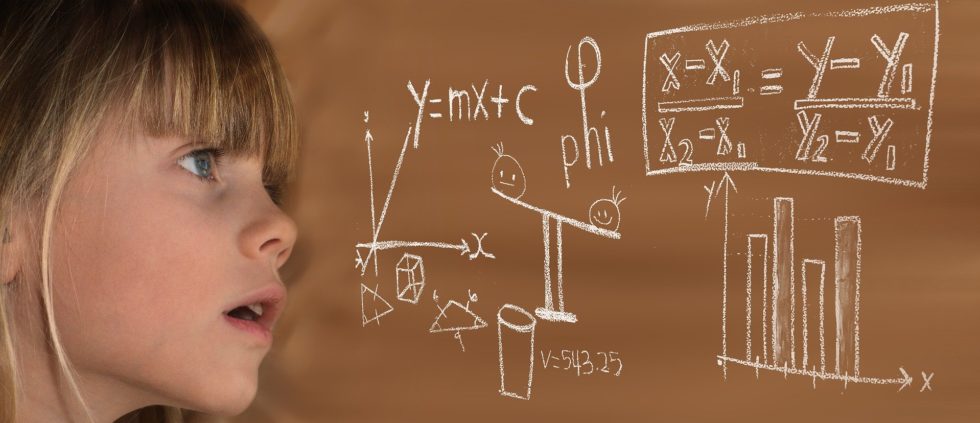Kara Newhouse’s August article in the e-magazine, Mindshift brings to focus an important aspect of what’s not working in our classrooms – Numeracy defined as ‘Math’ that almost borders on being “apolitical and cold.” She speaks of ‘humanising’ Math so that our standards improve from a ‘learning’ perspective and not simply from a ‘grade’ perspective. Gone are days she emphasises when math supremacy is about speed and accuracy – what about the process??
The article resonated in many ways and pitted against the Indian education landscape be it National or International schools, it is easy to admit that as educators, we do little to make it more ‘real life’ for students.
I have previously also echoed this simple idea – while we teach our children to ‘solve’ using a technique or formula, why can’t we start from the problem (word) itself and enable them to decode first and then show them different ways to ‘solve’. Why can’t these problems relate to day to day occurrences and everyday life developments as opposed to some random questions asked? The only way to inspire these students to remain interested, is if it makes sense for them to learn – then they will remember the techniques of ‘solving’, having understood the bigger picture. And we will not have those faces looking up at us to say, ‘what do i do next cuz i have forgotten the technique and I dont know what formula to use?’
In her article, Kara cited a public school teacher in the US using History and English paper checking as an example, where the students are given feedback on how they concluded their answers (descriptive) and asked to re-write instead of grading them. Students were allowed re-takes before the final grade was assigned but the teacher hoped every child would ‘understand’ and ‘master’ the assignment in way to identify where they were making mistakes, write an explanation for it and re-solve it so that the process was crystal clear.
I can safely say, save a handful of schools in our country, the rest follow the routine ‘check-in’ process of ‘correct’ answer and move on.
The process we are referring to in this article, takes longer, requires patience and the teacher to share detailed comments and also spend time with each learner to empower them with the right steps.
Perhaps, taking it a step further, once this process is over, a teacher can ask the child to frame a few questions along similar lines and circulate it with different groups in the classrooms as ‘home-work’, involving students in the process and making them accountable for their learning!
Can work? Will work? Most definitely, if the school leadership believes in it.
More importantly, the real life examples need to come in and demonstrated through some projects at the end of a few concepts for example linking fractions, decimals and percentages in the form of a real life situation like planning a xmas party and bringing out how Math would be applicable with the concepts mentioned. Let them see how these concepts come alive, and allow them to use it outside of their question papers or homework assignments as a everyday tool to make their life easier to organise.
Worth a try?
I strongly believe so because the staggering statistics we have currently with students ‘dropping’ Math as an elective at the board examinations isnt healthy and clearly indicates a ‘fear’ and ‘phobia’ about the subject which is actually so logical. Math in the human form will make the learning story more enjoyable for students and it is about time educators and teachers evaluate how to make it more relevant, fun and easier to ‘remember’.












